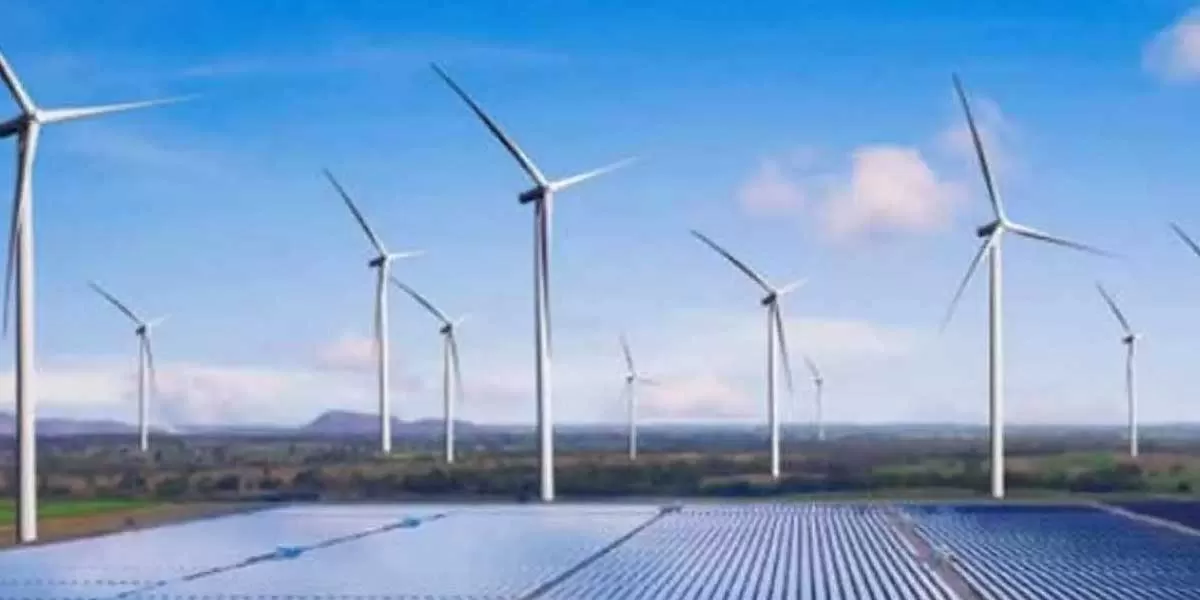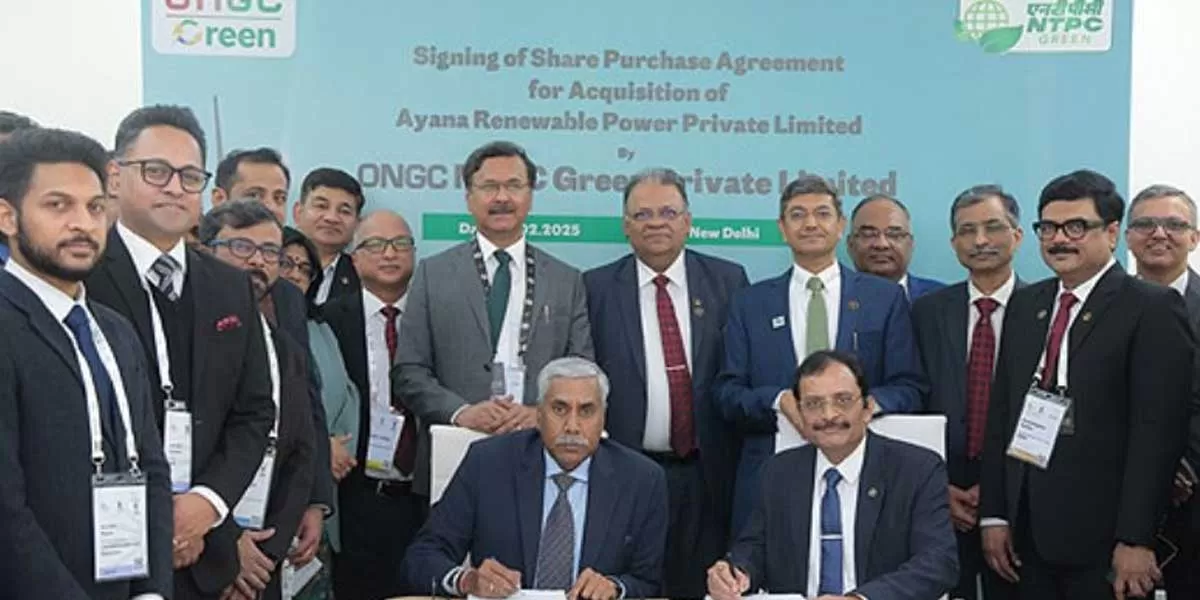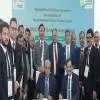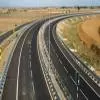Despite COVID-19, the lighting and switches market will grow with innovative solutions and greater customisation, discovers CW.
The Indian lighting and switches market is expected to grow at a CAGR of about 12 per cent by 2023. “Major demand drivers include integrated lighting control systems, smart LED lights
and modular switches,” says
Kishan Jain, Director,
Goldmedal Electricals.
The lighting market stands at Rs.150 billion, with LED lighting constituting almost 80 per cent.
The LED industry was expected to grow in high single digits;
however, with the current Coronavirus outbreak, growth
may be more muted during the
rest of the year, believes
Sumit Joshi, Vice Chairman and Managing Director, Signify Innovations India (previously Philips Lighting India).
Dinesh Aggarwal, Joint Managing Director, Panasonic Life Solutions India, believes normal market demand will return
only around September. He views the discontent with China as
an opportunity for Indian manufacturing firms to influence a shift of operations. “This will have to be backed by government in terms of ease of starting and perhaps some fiscal incentives.”
The electrical segment has taken a hit owing to the pandemic, with the lockdown and manufacturing further expected to be delayed as many companies source components from China and other countries. In Jain’s view, this will lead to a gap in the demand and supply chain.
COVID-19 still doesn’t derail the plans of manufacturers
Signify Innovations India is investing significantly to grow its smart home lighting business in both offline and online channels.
By the end of the year, it expects to double its retail presence in smart lighting with new Philips Smart Light Hubs opening across various cities. It will also expand its presence in the rural channel with customised offerings. In the professional lighting space, Joshi says,
“We will strive to grow our Interact connected lighting installations in offices, public buildings, retail stores, hotels and landmarks.
And, in the coming year, we will focus on new ‘light fidelity’ (LiFi) installations, trying to expand to new user applications.”
Panasonic Life Solutions will launch a new eco-friendly Switches series for project clients with innovative features such as toggle-type mechanism and flame retardance. Further, it will introduce an all-new exclusive range of switches under ‘Ziva’ in the current fiscal. On the lighting front, Aggarwal says, “We will be adding a dedicated R&D and testing facility, with an investment of `60 million, which will help us design and make high-quality products for domestic and export markets, and will reduce our new product development timeline by nearly 30 per cent.”
Wipro, too, is working on developing a range of smart and connected IoT-based solutions for commercial office and outdoor applications under its brand umbrella of Internet of Lighting (IoL)®, as Anuj Dhir, Senior Vice President and Business Head, Commercial Lighting Business, Wipro, shares. In the commercial office segment, a new range
of products is planned for collaborative areas; while for industry and outdoor segments, the company is working to launch a versatile range of high-performance and high-efficacy products.
Innovations: Key to enhance user experience
The digital capabilities of LEDs enable tremendous customisation in terms of light output and application and have also brought illumination and IoT together.
This has led to the emergence of connected lighting, transforming lighting to a fully integrated system that can seamlessly connect with a wireless network or Ethernet, allowing users to remotely control, monitor and customise it. “This has multiple applications in smart
cities, buildings and homes,
making lighting intelligent and personalised,” says Joshi.
Some of Signify’s recent innovations include human-centric lighting; connected lighting; LiFi, a technology in which high-quality LED lighting provides a stable and fast broadband Internet connection through light waves; and
3D-printed luminaires.
Solutions like Power over Ethernet (PoE), wireless control of lighting with BLE technology, LiFi technology for secure data transmission in sensitive areas, centralised monitoring and control of lighting in smart cities are possible with Wipro’s Internet of Lighting (IoL)®. “We are ready to provide PoE-based lighting solutions and inSync™ human-centric lighting solutions for new-age workspaces,” avers Dhir. “We are pioneers in bringing
LiFi technology to India and can deliver high speed and secure
data transmission through our
LED luminaires.”
Fuelled by sustainable solutions
Joshi believes sustainable lighting is achieved by sustainable design, “a fundamental part of our DNA”. Signify Innovations India has thus created eight focal areas to help drive its sustainability goals: Energy; substances; circularity; human-centric lighting; weights and materials; horticulture lighting; packaging; and access to light. Joshi adds, “Eighty-two per cent of our revenue already comes from sustainable products, systems and services, and we aim to be 100 per cent carbon neutral in 2020.”
For Panasonic Life Solutions India, all products and solutions are based upon three pillars: Energy saving, security and comfort. “We are constantly developing lamps and fixtures that offer highest lumens per watt as well as lighting fixtures with inbuilt motion sensors,” says Aggarwal. “Our lighting management controls not only provide the right scenario but enable energy saving.” The firm has forayed into the Connected Living Solutions space with the launch of its IoT and AI-enabled platform, Miraie. It also has switches under its Vetaar platform.
Wipro Lighting, with its
Force Green Initiative, promotes sustainable eco-friendly infrastructure. “We are the only lighting company in India to have illuminated more than 55 per cent of the green buildings in the country,” prides Dhir. “We provide for green lighting solutions by promoting the use of advanced
LED technology, use of energy optimisation techniques like lighting controls, and the ‘Reduce, Reuse and Recycle’ philosophy.”
The energy-efficiency quotient
Evidently, energy-efficient, eco-friendly, dynamic designs are the way forward.
Dhir notes that the market has shown a distinct shift from conventional light sources towards LED-based luminaires, and integration of lighting management systems has grown considerably. “The opportunity in energy-efficient lighting is large as we see a clear trend towards investment in
green buildings.”
Simply replacing inefficient conventional lighting with LEDs would reduce energy consumption by 53 per cent, and making the system intelligent could further improve savings up to 80 per cent, notes Joshi. “In 2018, we invested €236 million in our global sustainable innovation programme, which represents 82 per cent of Signify’s R&D expenses.” In 2018, the firm invested 4.5 per cent of its global sales in R&D.
The lighting management system and energy management system of Panasonic Life Solutions India enable optimisation through timer control, daylight sensing and occupancy sensing.
Similarly, under its lighting segment, Goldmedal Electricals
only manufactures LED lights, lamps and bulbs.
Reducing Operational Costs
“We focus on keeping the total cost of ownership (TCO) – the initial cost as well as installation, maintenance and operational cost – in control, to help consumers and business owners choose the right energy-efficient product or solution,” says Anuj Dhir, Senior Vice President and Business Head, Commercial Lighting Business, Wipro. “Our high-efficiency products drive performance with huge energy savings and reduced operational costs. With such high efficiency, a lower quantity of products or high wattages is required, thus reducing operational costs and, eventually, TCO. For instance, Wipro’s Radial Pro+ takes efficiency to a new level by delivering 150 Lm per W and driving industry performance with huge energy savings.” Wipro also offers a variety of options in wattage and system output requirements.
Buying local will definitely help reduce the capital investment in decorative and functional lighting systems, along with switches, adds
Arjun Rathi, Principal Architect and Light Expert, Arjun Rathi Studio.
Hot Customisations!
Touch-activated switches and pre-set lighting modes have become the norm in the residential and hospitality sectors, according to Arjun Rathi, Principal Architect and Light Expert, Arjun Rathi Studio.
“Many brands are working with local designers to create customised, exclusive designs – this is the new norm for luxury projects. The residential and hospitality sectors are more style-driven while commercial projects start with functionality and economy.”
While selecting switches, Rathi believes the most important element is the finish. “With a variety of options, finding appropriate finishes that can accentuate the project or blend in has become a core criterion for selection.”
With lighting, many customers are opening up to the idea of using Indian crafts and handmade products rather than mass-produced works. “Most of our clients are keen to use new materials to complement the interiors and create contrasting elements in spaces, which has allowed us to experiment with ceramics, wood and lacquer work, among others, in recent projects,” reveals Rathi.
- SERAPHINA D’SOUZA
To share your views on the market for Lighting and Switches in India, write in at feedback@ConstructionWorld.in

















